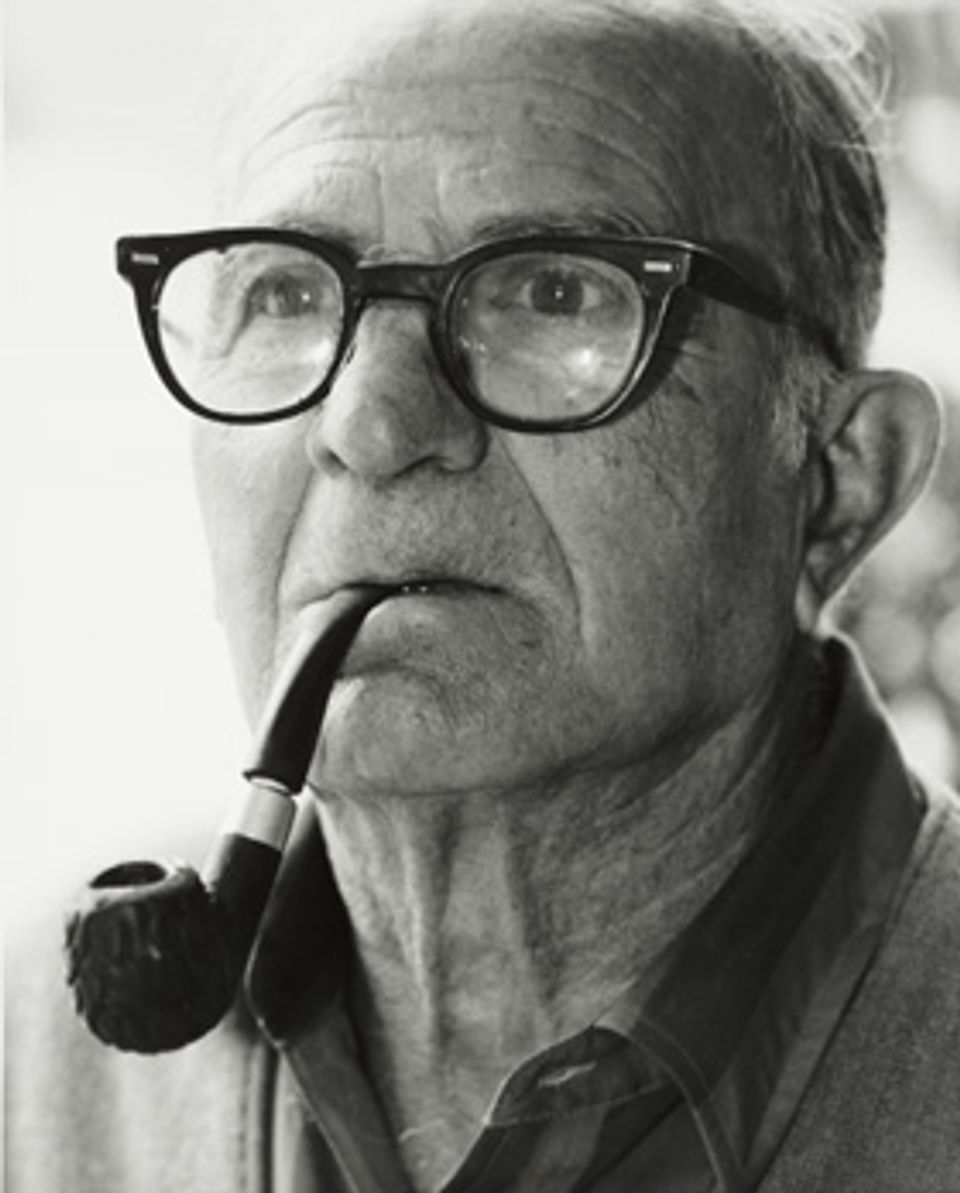Andrea Badami

- Biography
Although his talent was evident in childhood drawings, circumstances prevented Andrea Badami from pursuing his artistic inclinations until later in life. When he was a child, Badami and his parents returned to their native Corleone, Sicily; as a young man, he was unwillingly conscripted into Mussolini's army despite his American citizenship and was taken prisoner by the British. Upon his release in 1947, Badamireturned to the United States, and within two years was able to send for his wife and young daughter in Sicily. His need to support a growing family postponed an artistic career until the 1960s.
By the early 1970s, Badami's work had been recognized in shows at Creighton University in Omaha, and in an exhibition of contemporary primitive painters circulated by the American Federation of Arts.
Lynda Roscoe Hartigan Made with Passion: The Hemphill Folk Art Collection in the National Museum of American Art (Washington, D.C. and London: National Museum of American Art with the Smithsonian Institution Press, 1990)
- Luce Artist Biography
Although he was born American, Andrea Badami moved with his family to their native home in Sicily when he was very young. An early teacher urged Badami's parents to enroll him in art lessons, but they thought this was a waste of time and sent him to work on the family farm instead. Badami traveled to America as a teenager, but soon returned to Sicily, relating that "there's nothing to make money [in America]. At least in Corleone, I can sleep under the olive trees." During World War II, he was drafted into the Italian army and sent to North Africa. The British captured him and he spent six years as a prisoner of war in India and England. He settled in Omaha with his wife and daughter after his release, and worked for the Pacific-Union railroad. In 1960, Badami declared the work in a local art gallery to be a "bunch of junk! I can do better," and immediately went home to paint a landscape on his dining room wall (Chuck Rosenak, "Rediscovering Andrea Badami," The Clarion, Spring/Summer 1987).













